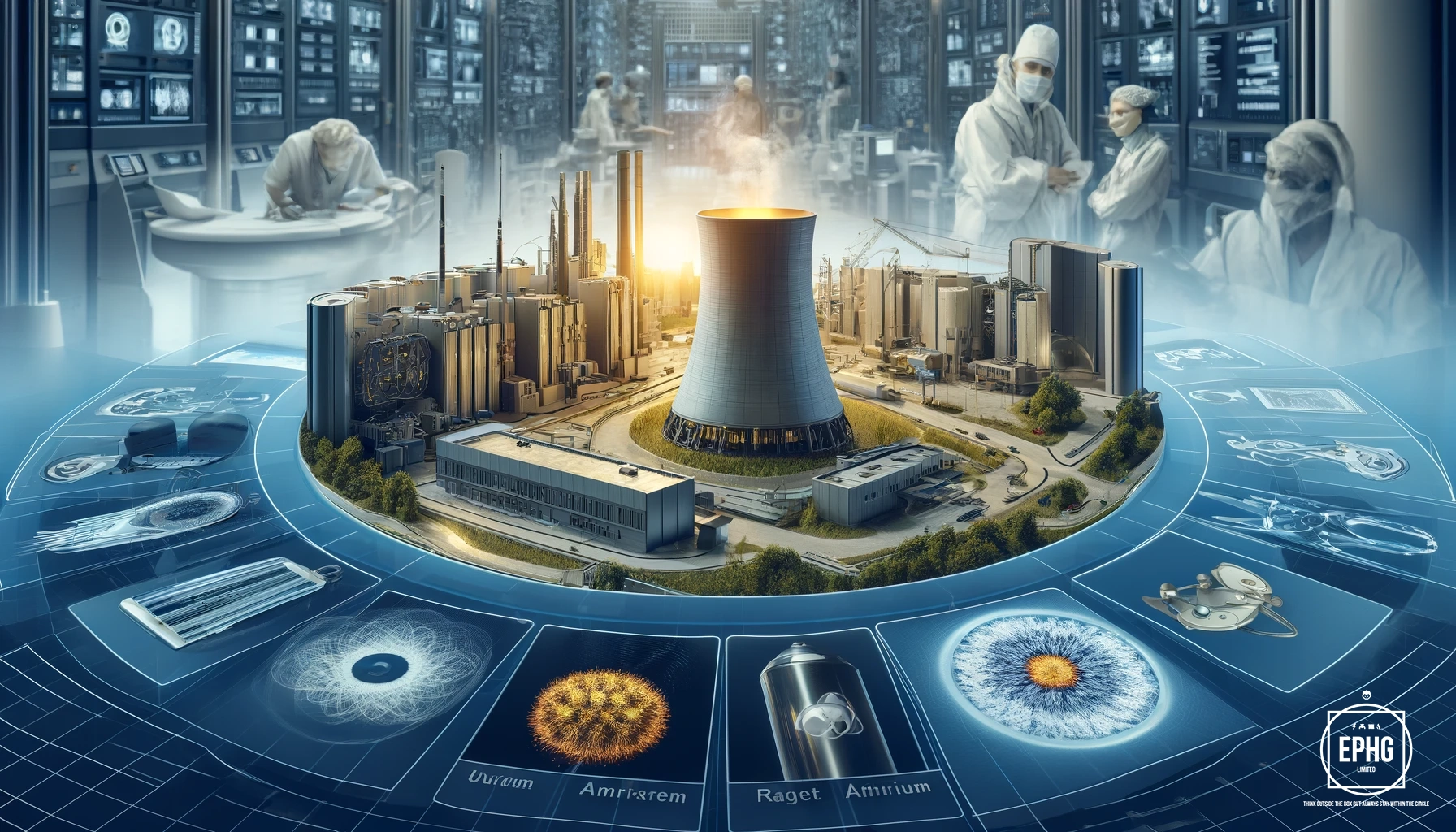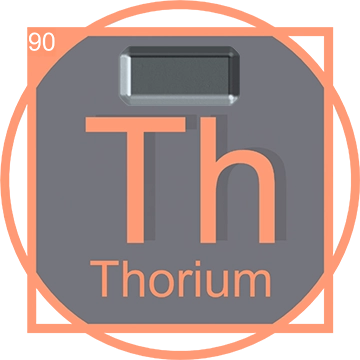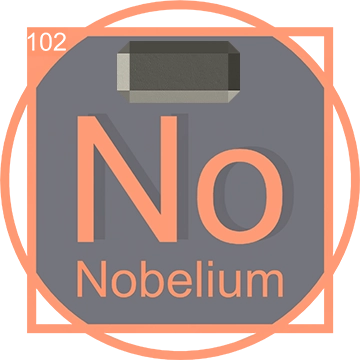Understanding Actinides: Key Elements in Nuclear Science and Beyond
Delve into the realm of actinides, the series of heavy, radioactive elements that are pivotal in nuclear chemistry and technology.
What Are Actinides?
Actinides are a series of 15 metallic elements from actinium (Ac) to lawrencium (Lr) in the periodic table. These elements are known for their radioactivity and are primarily found in the bottom row of the f-block. Actinides include well-known elements like uranium, thorium, and plutonium, which are significant for their use in nuclear energy and weapons.
Characteristic Properties of Actinides

Actinides are distinctive for their radioactive properties. Many of these elements are capable of undergoing fission reactions, making them valuable in nuclear reactors and atomic bombs. They have large atomic numbers and electron configurations that contribute to their complex chemistry and the ability to form multiple oxidation states. Additionally, due to their radioactivity, actinides are significant in medical imaging and cancer treatments through radiopharmaceutical applications. Their capacity for emitting alpha, beta, and gamma rays makes them useful in a variety of scientific and industrial processes, further expanding their range of applications beyond just energy production.
Applications of Actinides in Various Fields

The primary application of actinides is in the field of nuclear energy. Uranium and plutonium are the most used elements in nuclear fission to produce energy in nuclear reactors. Thorium is being explored as a safer alternative to uranium in nuclear reactors due to its abundance and lower radioactivity. Outside of energy, actinides are also used in medicine; for example, americium is used in smoke detectors and more exotic actinides are used in targeted alpha therapy to treat cancers.
Actinides Sources and Extraction
Actinides are typically extracted from ores found in the Earth’s crust, with uranium and thorium being the most abundant and economically viable. Mining these elements involves complex chemical processes to isolate the actinides in forms that can be used industrially and scientifically.
Environmental and Safety Considerations of Actinides
The extraction and use of actinides raise significant environmental and safety issues due to their high radioactivity. Disposal of nuclear waste, risks of nuclear accidents, and long-term ecological impacts are critical challenges associated with actinides. Extensive safety measures and regulatory frameworks govern the handling and transport of these elements to prevent environmental contamination.
Actinides Challenges and Innovations
While the use of actinides is crucial, their radioactivity poses challenges for safe handling and waste management. Innovative research is focused on developing better waste treatment technologies and finding more efficient and safer ways to harness the power of actinides, particularly in cleaner nuclear energy systems.

This wide-angle image vividly portrays the dual aspects of actinides in modern technology and research. On one side, it features a state-of-the-art nuclear waste treatment facility, equipped with the latest in waste management technology, illustrating the ongoing efforts to handle and mitigate the challenges posed by radioactive materials safely. On the other side, the image showcases researchers in a laboratory setting, deeply engaged in developing innovative nuclear reactor designs. These reactors aim to use actinides more efficiently and with a greater emphasis on safety, representing the push towards cleaner and more sustainable nuclear energy solutions. The entire scene is set in a futuristic environment that blends industrial elements with advanced scientific research, emphasizing the critical role of actinides in both energy production and scientific exploration.
Frequently Asked Questions about Actinides
- What makes actinides unique compared to other elements?
- Actinides are unique primarily due to their radioactive properties and their ability to release enormous amounts of energy during nuclear reactions.
- Are all actinides naturally occurring?
- No, some actinides are synthetically produced in laboratories. Only the first four actinides are found naturally in significant amounts on Earth.
























